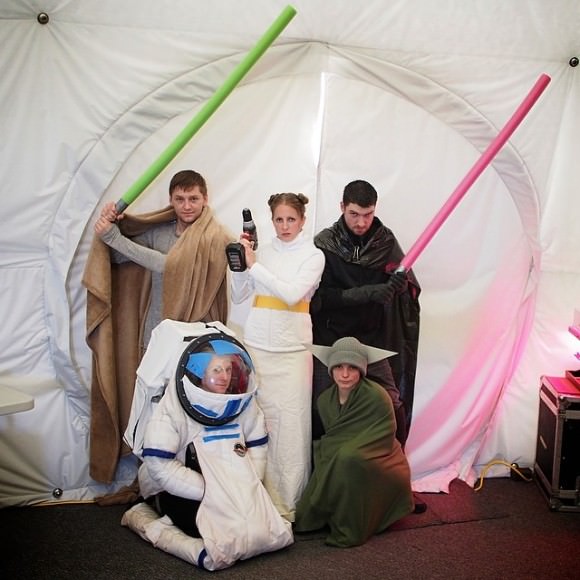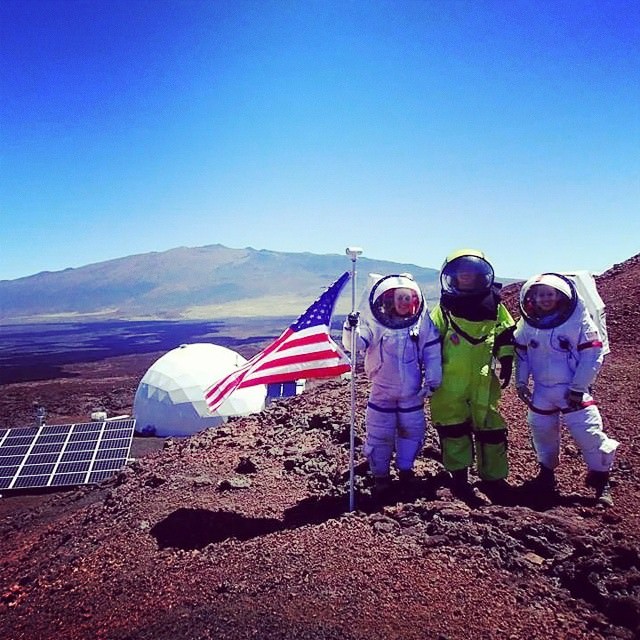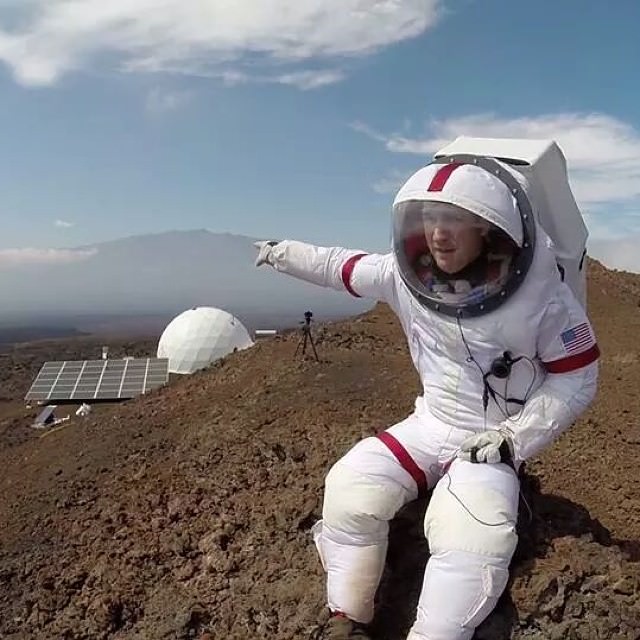If you spent 120 days cooped up in a small habitat with six people, what’s the first thing you’d want to do upon emerging? Celebration would likely be one of them, and you can watch the festivities as the HI-SEAS crew leaves their Mars simulation later today.
The broadcast takes place between 2 p.m. EDT and 4 p.m. EDT (6 p.m. and 8 p.m. UTC) and you can watch everything above. As with all live events, the schedule can always change at the last minute.
HI-SEAS (an acronym for Hawaii Space Exploration Analog and Simulation) is one of a number of simulated space missions that have taken place on Earth. The Mars Society regularly runs missions at its Mars Desert Research Station and Flashline Arctic Mars Station. There also was an effort called Mars 500, which saw a crew spend more than 500 days in a habitat to simulate the length of a Mars mission.
The goal of simulations such as these is to test out processes that could be used in space, and also to see how humans behave. There is considerable debate about how accurate these simulations are in comparison to spaceflight. There are obvious physical differences such as gravity, and some argue that the psychological aspects are different as well — in many cases, crews can easily open a door to escape others on Earth, while in space it’s not that simple.
As is the usual for space missions, though, HI-SEAS has strived to keep the public apprised of their activities through pictures and through videos. Coming up sometime afterwards will be the results of the scientific experiments.
Full disclosure: I am a classmate of HI-SEAS crew member Tiffany Swarmer’s in the Space Studies department at the University of North Dakota. She and the department have not asked me to write this article, nor were they aware of its publication before it went online.



